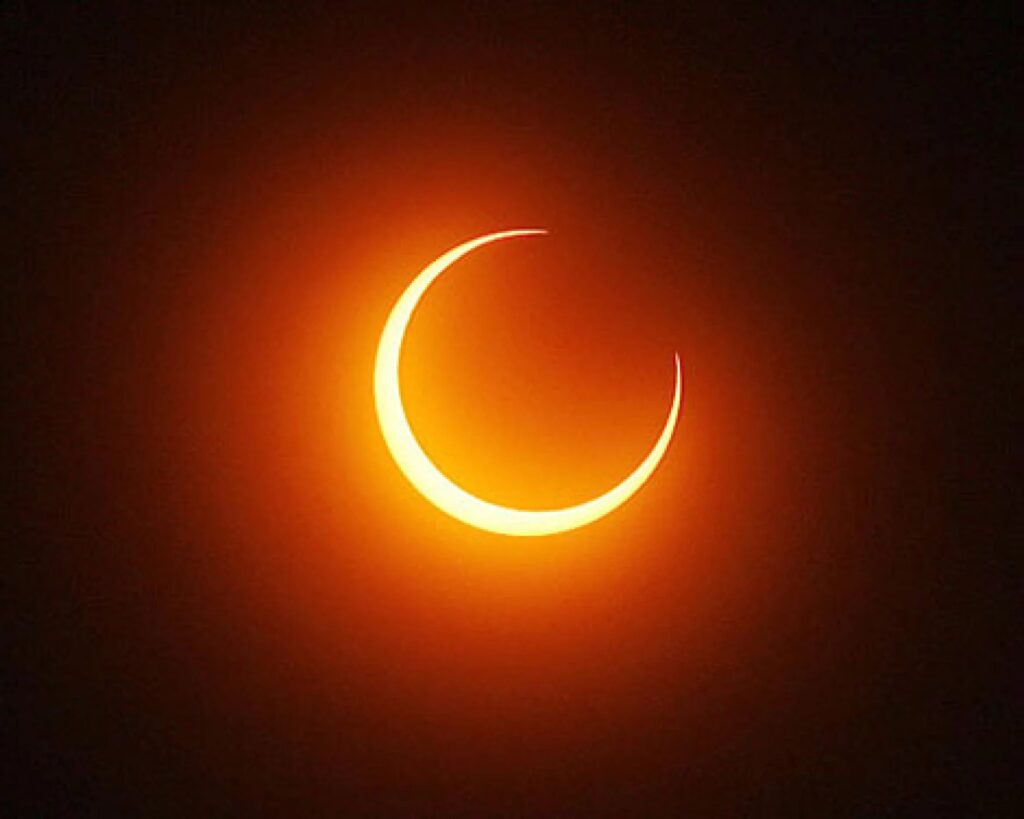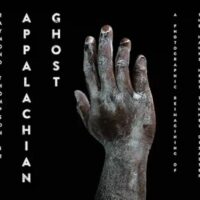On April 8, a total solar eclipse will be visible along a 2,000 mile stretch from Texas to Maine. Western Kentucky University will play an important part in documenting this rare, celestial event.

Faculty, staff and students have developed a smartphone app called SunSketcher. The project between WKU and NASA will capture images of the solar eclipse that will cross more than a dozen states. The pictures will be uploaded to a server at the university, and the data will make the most precise determination ever of the shape of the sun.
Data from the sun-sketcher app will have far-reaching implications, including testing theories of gravity.
Among the students helping create the app is Shikha Sawant, a junior computer science major from Bowling Green.
“Working on the app, hearing about how many people this is going to reach, what all this data will be used for in the future, I think that’s the most rewarding thing,” Sawant told WKU Public Radio.
The moon passing in front of the sun isn’t the total experience. The planet Mercury, often hidden by sunlight, will become visible to astronomers. It will also become dark and cold outside. Some animals will think it’s night-time and go to sleep. Those in the path of totality will have time to experience every scenario.
“You’ll get up to four minutes of totality,” said WKU Professor Gordon Emslie, principal investigator on the app project. “When it’s happening, you’re overwhelmed a bit, so write down the things you want to see and try to take it all in.”
In 2017, 21 counties in western Kentucky, including Warren County, experienced a total solar eclipse. [The point of greatest eclipse that year occurred a few miles west of downtown Hopkinsville.] This year, the path of totality includes Paducah, Morganfield, and Henderson in Kentucky, as well as Evansville, Indiana.
Researchers at WKU hope lots of citizen scientists will use the SunSketcher app to help NASA measure the shape of the sun more precisely. While still being tested, the final version of the app will be available for download on Apple and Android phones in the next couple of weeks.
This story is republished with permission from WKYU. Read the original.






